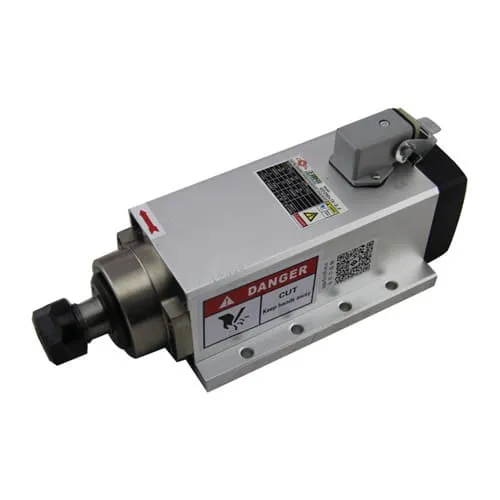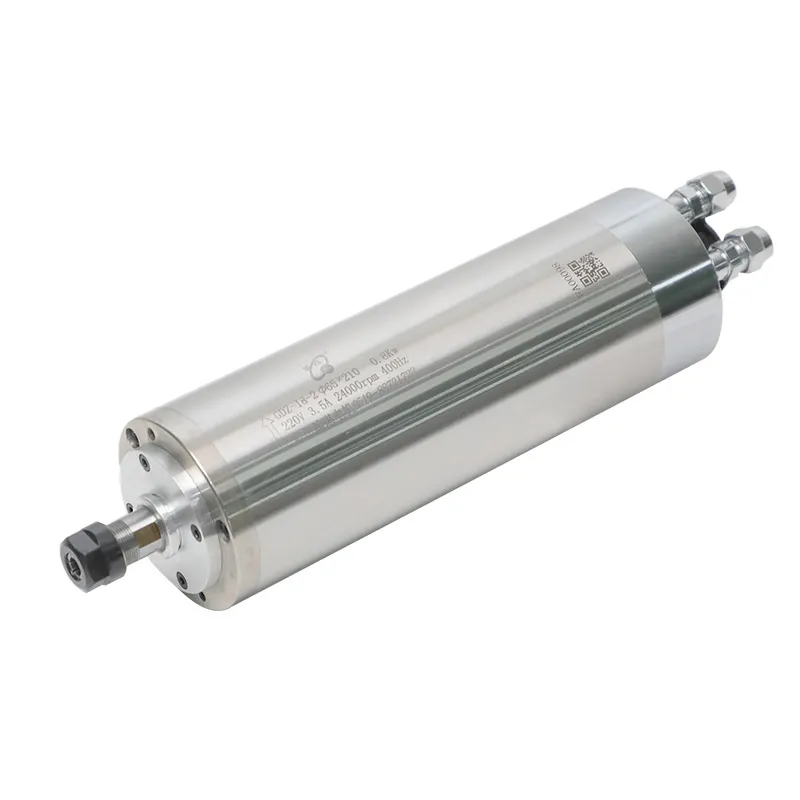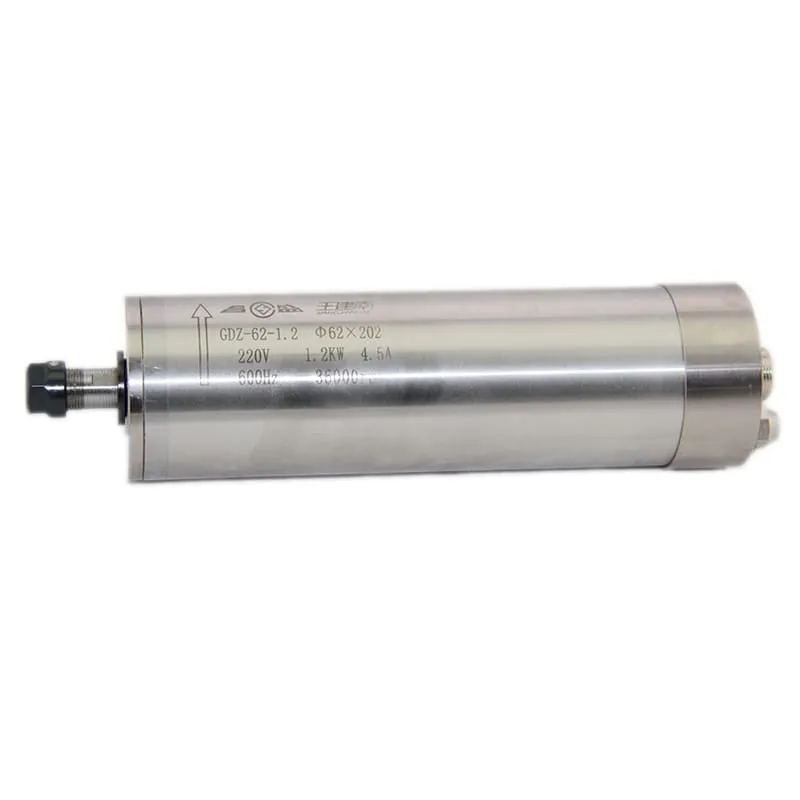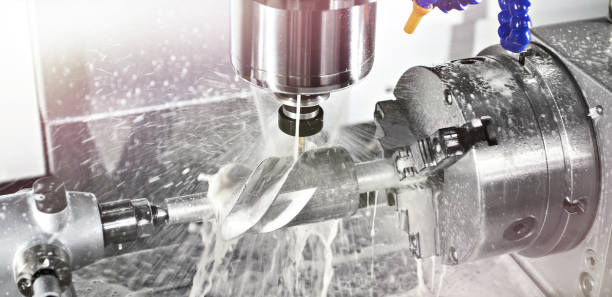CNC machines are transforming the world of manufacturing, providing precision, efficiency, and versatility across industries. If you’ve wondered, what are the 5 common types of CNC machines? This comprehensive article explores each type, detailing their functions, features, and applications. By understanding these common CNC machine types, you can decide which one suits your specific needs best and how each plays a role in modern manufacturing processes.
Introduction to CNC Machines
Understanding CNC Machines
CNC (Computer Numerical Control) machines are automated tools that use pre-programmed sequences to control machining operations. Unlike manual machinery, CNC machines operate with accuracy and consistency by following a specific code, often called G-code. The precision provided by CNC machines is crucial for industries like automotive, aerospace, and electronics.
The five common types of CNC machines are designed for different purposes, allowing operators to cut, drill, shape, and mold various materials like metal, plastic, and wood. These machines help create intricate components, reduce production time, and minimize human error.
Why Use CNC Machines?
CNC machines are widely used due to their numerous advantages, including:
- Precision: CNC machines provide consistent accuracy, which is critical in industries such as aerospace.
- Versatility: Different tools and programming allow CNC machines to perform a variety of machining operations.
- Efficiency: CNC machines can work continuously, only pausing for maintenance or setup changes.

For ensuring stability and high precision, components like the 2.2KW ER20 Square Air-Cooled Spindle play an essential role in CNC machine operations.
The 5 Common Types of CNC Machines
1. CNC Milling Machines
CNC milling machines are one of the most common types used in manufacturing. They are used for milling, drilling, and cutting different materials. CNC milling machines come in various sizes, from smaller machines for delicate jobs to larger machines for more robust work.
- Operations: CNC milling machines use rotating cutting tools to remove material from a workpiece. They can cut at various angles and perform operations such as slotting and face milling.
- Axis Movement: CNC milling machines can operate in three axes (X, Y, Z), and more advanced ones can include rotary axes for even greater flexibility.
- Applications: Commonly used for making molds, engine parts, and precision tools.
2. CNC Lathes
CNC lathes are used primarily for turning operations. The workpiece is rotated against a stationary cutting tool to create parts with cylindrical shapes. Lathes are ideal for producing parts like shafts, screws, and other cylindrical components.
- Operations: CNC lathes are typically used for turning, boring, and threading. The cutting tool moves along the length of the rotating workpiece, creating shapes like cylinders or cones.
- Types of Lathes: There are 2-axis lathes as well as more advanced 5-axis lathes, which offer greater flexibility and can create more complex parts.
- Applications: Ideal for parts that are round, like pulleys, gears, and shafts.
3. CNC Routers
CNC routers are versatile tools used mainly in the woodworking industry, though they are also capable of working with plastic and aluminum. CNC routers can create intricate designs with a high level of precision, making them suitable for decorative work.
- Operations: These machines follow a preset path and use various routing bits to cut, hollow out, and carve materials. They can move along multiple axes, allowing for complex 3D designs.
- Features: CNC routers often include a vacuum table to hold the workpiece in place, ensuring precision during cutting.
- Applications: Primarily used in making furniture, cabinetry, signs, and artistic pieces.

For smooth operations, a component like the 24000RPM 0.8KW ER11 Water-Cooled Spindle is often used in CNC routers for high-speed precision work.
4. CNC Plasma Cutters
CNC plasma cutters are used to cut metal sheets with a high level of accuracy. These machines use a plasma torch to cut through electrically conductive materials, such as steel and aluminum.
- Operations: Plasma cutters work by sending an electric arc through a gas, turning it into plasma and using it to cut through the material. They are fast and efficient, suitable for sheet metal fabrication.
- Advantages: Plasma cutters can cut thick sheets with ease, and are relatively more affordable compared to laser cutters.
- Applications: Common in automotive repair, metal art, construction, and salvage operations.
5. CNC Laser Cutters
CNC laser cutters are used for extremely fine and detailed cuts. They use a focused laser beam to cut through materials, which makes them particularly effective for engraving and cutting thin materials like metal, plastic, and wood.
- Operations: Laser cutting is performed by heating, melting, or vaporizing material with a highly focused laser beam. This results in an accurate and clean edge.
- Types of Laser Cutters: There are CO2 lasers used for non-metals and fiber lasers for cutting metals with high precision.
- Applications: Widely used in jewelry making, sheet metal fabrication, signage, and medical device manufacturing.

The 60000RPM 1.2KW ER11 Water-Cooled Spindle is often used for CNC laser and engraving applications to achieve the needed precision and high-speed rotation.
Comparing CNC Machines: Which One Should You Use?
| Machine Type | Best For | Material Compatibility | Precision Level |
|---|---|---|---|
| CNC Milling | Precision cutting, molds | Metal, wood, plastic | High |
| CNC Lathe | Cylindrical parts | Metal, plastic | Moderate to High |
| CNC Router | Woodworking and decorative cuts | Wood, plastic, aluminum | High |
| CNC Plasma Cutter | Cutting thick metal sheets | Metal (conductive) | Moderate |
| CNC Laser Cutter | Detailed and fine cutting | Metal, plastic, wood | Extremely High |
Each CNC machine has a specific use case, and the right choice depends on the material, precision, and type of product you intend to manufacture.
Benefits of Using CNC Machines
1. Improved Accuracy and Precision
CNC machines are renowned for their high accuracy and repeatability. The use of computerized control ensures that each cut or milling operation follows exact specifications, which is essential for creating complex parts in aerospace and automotive industries.
2. Reduced Material Waste
CNC machines allow for more efficient use of materials. Because they follow exact commands, they reduce scrap material, which translates to cost savings.
3. Increased Production Speed
CNC machines can work continuously without breaks, significantly increasing production speed compared to manual methods. This allows for mass production of components while maintaining high quality.
4. Safety and Ease of Use
By automating operations, CNC machines reduce the need for manual labor, which minimizes human error and potential injuries. Operators oversee the process, ensuring smooth operations without directly engaging with the cutting tools.
Choosing the Right CNC Machine for Your Needs
1. Assess the Material You Are Working With
Different CNC machines are better suited for specific materials. For example:
- Metalworking: Use a CNC plasma or laser cutter.
- Woodworking: A CNC router is the ideal choice.
- Plastics and composites: Milling machines provide precision.
2. Consider the Complexity of the Design
- For intricate and detailed cuts, like those needed in jewelry or medical devices, laser cutters are the best option.
- For simpler and larger parts, a CNC lathe or router may suffice.
3. Budget and Cost Efficiency
While CNC laser cutters provide the most accuracy, they are also more expensive. CNC plasma cutters are a more cost-effective solution if you need to cut thicker materials and do not require extremely fine detail.
FAQs
1. What are the five common types of CNC machines?
The five common types are CNC milling machines, CNC lathes, CNC routers, CNC plasma cutters, and CNC laser cutters. Each serves different purposes in the manufacturing industry.
2. How does a CNC milling machine differ from a CNC lathe?
A CNC milling machine uses rotating cutting tools to remove material, while a CNC lathe spins the workpiece against a stationary tool to create cylindrical parts.
3. What materials can be cut using a CNC router?
CNC routers are suitable for wood, plastic, and aluminum. They are versatile tools for creating intricate designs and decorations.
4. Are CNC plasma cutters suitable for all types of metal?
CNC plasma cutters are best suited for electrically conductive metals, such as steel and aluminum. They are not ideal for cutting non-metal materials.
5. Which CNC machine is best for precision cutting?
For the highest precision cutting, CNC laser cutters are the best option. They are particularly useful in applications requiring extremely detailed cuts, such as jewelry and electronics.
Conclusion
CNC machines play a pivotal role in modern manufacturing, providing versatility, efficiency, and accuracy for a variety of industries. Understanding the five common types of CNC machines—milling machines, lathes, routers, plasma cutters, and laser cutters—can help you select the best one for your specific needs. Each machine type offers unique capabilities, suited to different materials and design requirements.
From creating intricate decorative pieces with a CNC router to cutting thick metal sheets with a plasma cutter, the capabilities of CNC machines are vast. By investing in the right components, such as the 24000RPM 3KW ER20 Water-Cooling Spindle, you can further enhance the efficiency and precision of your CNC machine.

